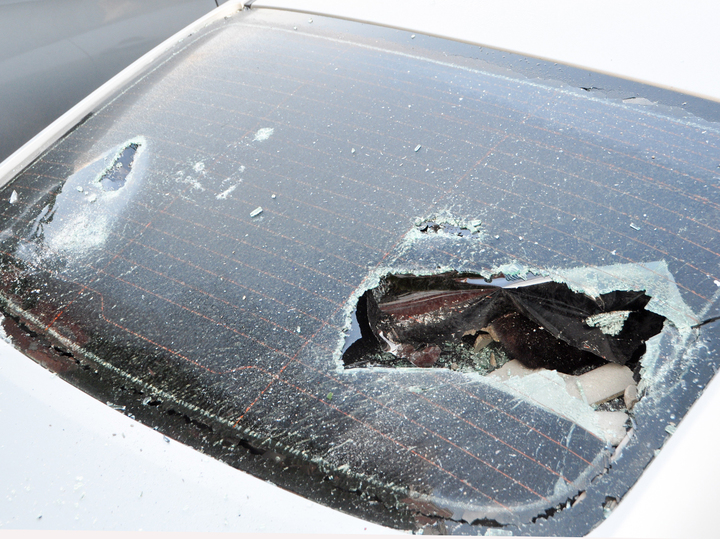Knutov warned of UAF attempts to attack civilian objects with drones
[ad_1]
But Russian means of combating drones are constantly being improved.
Enemy drones on the night of August 22 again tried to attack the Moscow region. One of them fell in Krasnogorsk, the other – near the village of Chatsy, Odintsovo urban district. There were no casualties. Nevertheless, according to military expert Yuri Knutov, the drones that attacked the Moscow region could carry up to six kilograms of TNT.
A batch of enemy drones on Tuesday night tried to sow panic among the residents of Krasnogorsk and Odintsovo. Eyewitnesses said that around 2 a.m. they heard a characteristic sound that the drone makes, then a crack and sounds from a strong detonation. Then “fiery debris” appeared in the sky. A blast wave in Krasnogorsk blew out windows in a high-rise building and damaged cars.
The Ministry of Defense later confirmed that the drones were suppressed by electronic warfare (EW).
Recall that for the second day in a row, Ukraine is trying to hit the Moscow infrastructure. So, the day before, two drones were suppressed by electronic warfare and crashed in the Odintsovo and Istra districts of the Moscow region. In the Istra district, a drone fell on a garden house in Dorozhnik SNT, two people were injured, one of them was hospitalized.
According to experts, the Armed Forces of Ukraine are suffering heavy losses at the front and are trying in this way to maintain the appearance of their combat capability, to demonstrate to Western sponsors that the fighting has supposedly been transferred to the capital and other large Russian cities.
Military expert, director of the Museum of Air Defense Forces Yuri Knutov, in an interview with MK, explained that the enemy uses UAVs to intimidate civilians. However, they can also cause physical harm. Earlier, the expert said that the drones used to attack Moscow (as a rule, this is the Beaver type) are factory-made. The enemy uses this particular type because it has a long range (it can fly up to 1000 kilometers) and a larger explosive device. They are also less visible to radar and take much less time to maneuver.
— Of course, these drones carry a warhead. The Bober UAV, which Russia managed to land with the help of an electronic warfare system, turned out to be armed with a KZ-6 shaped charge. These are quite powerful ammunition: as many as six kilograms of TNT. A UAV with such a charge can even break through a concrete wall,” Knutov explained.

The military expert also explained that with a high degree of probability the UAV was launched from the territory of Ukraine. The surest signs that the drone was raised by saboteurs in Russia are their handicraft production. If traces of scotch tape or polystyrene are visible on the wreckage of the drone, then with a 100% probability it was made somewhere in our country.
Experts also have no illusions that drone raids will stop. For this remaining year alone, Ukraine has earmarked $1.1 billion for the purchase of its own drones, Knutov said. Therefore, the expert is sure, the enemy will continue to try to attack not only military, but also our civilian targets in the future.
At the same time, our means of combating drones are constantly being improved:

– For some time now, we have seen a very serious movement forward, this was also shown by the recent Army-23 forum. For example, I was struck by a small radar station with an active phased array antenna. It is designed just to deal with drones. This station is capable of seeing objects as small as one millimeter. These are, of course, unique features. Now many means of combat are being developed and improved, including the Viking air defense system, the launcher of which now carries 12 missiles at once. And now this complex can shoot down the so-called swarm of drones.
Newspaper headline:
Attack of the flying “Beavers”
[ad_2]
Source link








